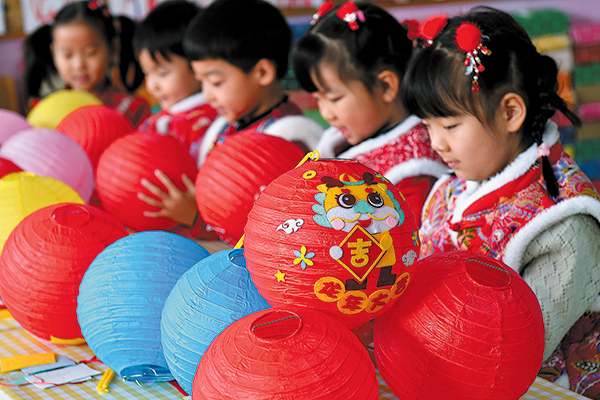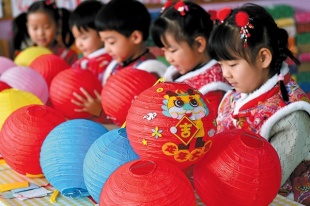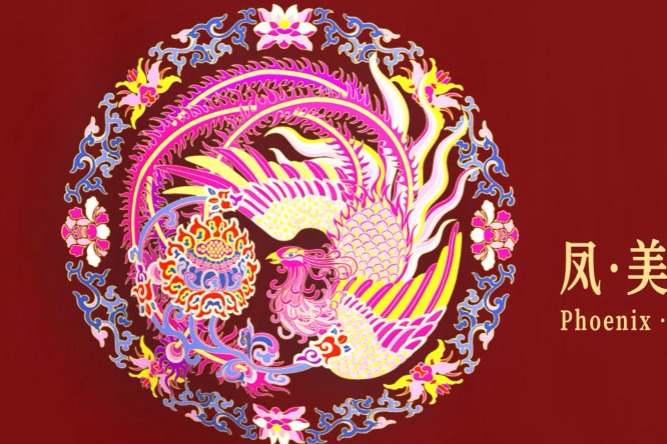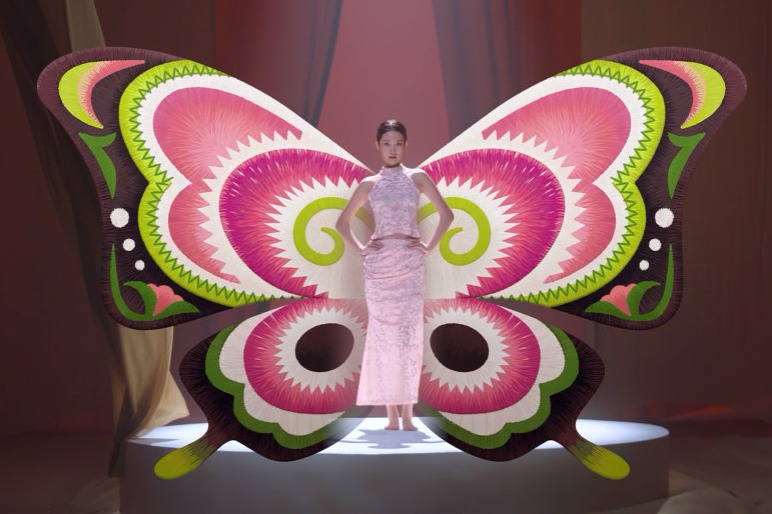Firelight fancies


Pieced and pierced
The French lantern show is just one of the ways in which traditional Chinese lanterns are gaining a new lease on life.
In Xuzhai village, Dongyang city of East China's Zhejiang province, lantern maker Xu Bin has added a new dimension to needle-pierced frameless lanterns, an intangible cultural heritage.
With documented records dating back to the Tang Dynasty (618-907), the lanterns are made by pasting different-sized and shaped pieces of paper together. Through the balanced application of glued paper, they retain their form without any internal frame.
Various patterns are formed by using a needle to prick surface of each lantern, and the thickness and density of the needle holes have strict requirements for precision and attention to detail.
The light of the lanterns shines through the myriad small holes, creating a delicate and translucent effect, which had Xu under a spell as a youngster when he watched a local "bench dragon "lantern show in 2000.
The pierced lanterns were fashioned on long benches before local residents carried them in parades during festivities. It was the first time the traditional performance resumed after years of interruption.
Xu started to learn how to make the lanterns from his mother who was a dab hand at the craft. It didn't take long before he was creating mini-sized pierced frameless lanterns at his art class in primary school.
In 2008, one of his lanterns won the gold prize at a traditional lantern making competition jointly hosted by Zhejiang and Jiangsu provinces and Shanghai, which inspired him to apply more innovative elements into the traditional artwork.
He takes pride in having introduced more intricate needlework to the craft with the incorporation of landscape and figurative elements for the pierced designs rather than the relatively simple auspicious patterns that used to be the norm.
"For outlining, I use a pointed needle, delicately creating the contours with dotted lines. The primary image is fashioned through the use of the 'coiling dragon' stitching, spiraling outward in a way similar to stitching a shoe sole," he explains.
The blank spaces are filled with triangular patterns using this stitching technique.
"The density of the stitches requires careful attention. If it's too sparse, the lines lack coherence. But if it is too dense, the paper may be punctured," he explains.
"For landscape paintings, varied stitching techniques with different densities are employed to depict elements such as water and mist."





































